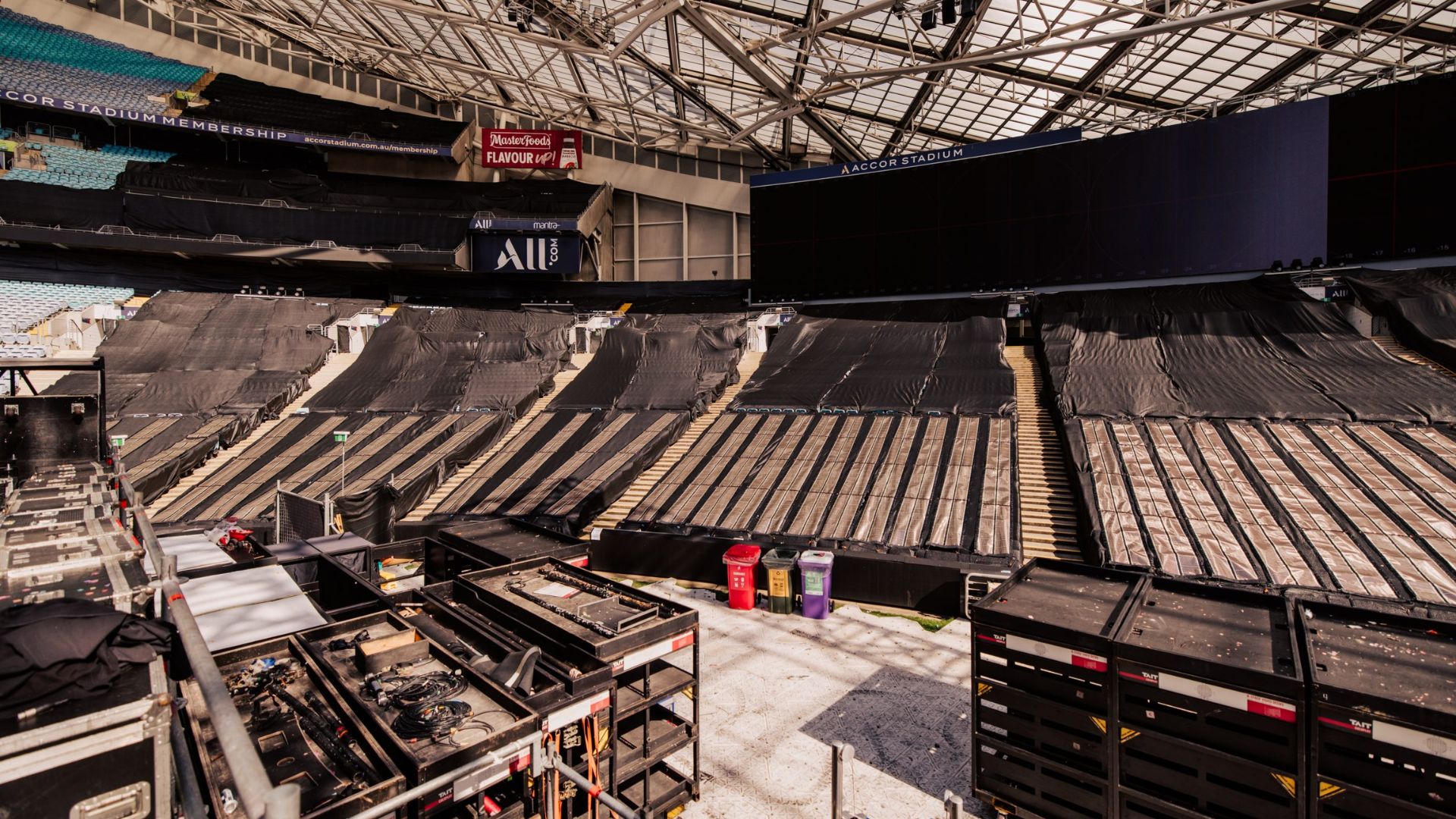Ultra-light printed solar charges Coldplay batteries at Stanford

Nguồn: interestingengineering
Tác giả: @IntEngineering
Ngày đăng: 6/6/2025
Để đọc nội dung đầy đủ, vui lòng truy cập vào bài viết gốc.
Đọc bài viết gốcColdplay’s recent concert at Stanford Stadium showcased a pioneering use of ultra-light, flexible printed solar panels developed by Australian start-up Kardinia Energy. Covering 5,920 ft², these paper-thin organic photovoltaic films recharged the batteries powering the band’s smaller stage and backstage operations. The technology, created by adapting a commercial wine-label printer to coat recyclable plastic sheets with carbon-based semiconducting polymers, results in a lightweight (300 g/m²), rollable solar film that can be installed quickly by a small crew. This deployment represents one of the largest mobile solar arrays ever used at a live event and serves as a real-world test of the panels’ energy output, durability, and mobility under the demanding conditions of a stadium tour.
Kardinia’s printed solar panels offer advantages over traditional silicon photovoltaics, including ultra-low weight, rapid installation, and full recyclability, making them suitable for surfaces and applications where conventional panels are impractical—such as lightweight roofs, curved façades, temporary structures, and disaster-relief tents. Although these organic panels have lower efficiency per square meter and potentially shorter lifespans than silicon, their low cost (up to ten times cheaper) and ease of deployment open new markets. Coldplay plans to continue using the technology throughout 2025, helping to raise awareness while Kardinia refines the product for broader off-grid uses like warehouse rooftops and refugee camps. The successful Stanford trial points toward a future where portable, printed solar farms support not only entertainment events but also remote exploration and emergency response.
Thẻ
energysolar-energyprinted-solar-panelsorganic-photovoltaicsrenewable-energyflexible-solar-technologyclean-energy